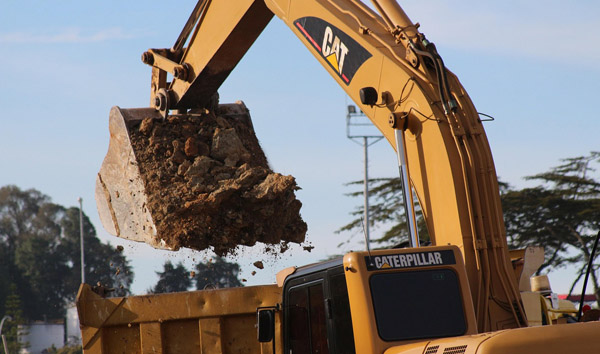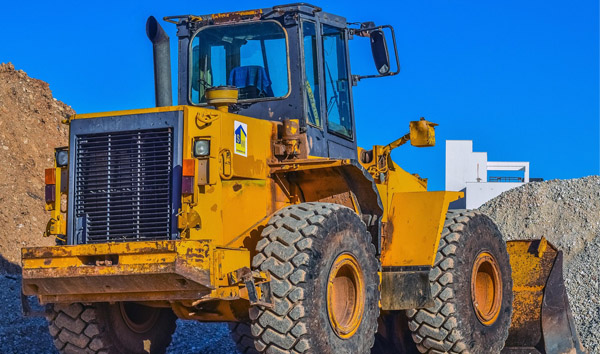Navigating the Challenges of Rough Terrain Lift Trucks in Industrial Applications
2025-07-28 04:55:25
Rough terrain lift trucks are engineered to tackle the toughest outdoor conditions, from construction sites to agricultural fields. Unlike standard forklifts, these machines feature robust tires, reinforced chassis, and powerful engines to ensure stability and traction on loose gravel, mud, or rocky surfaces. Their ability to maneuver in rough terrain makes them a preferred choice for industries where conventional forklifts would falter.
One of the defining characteristics of rough terrain lift trucks is their enhanced load capacity. These machines can lift and transport heavy materials—often exceeding 10,000 lbs—while maintaining balance on uneven ground. Advanced hydraulic systems and reinforced booms allow operators to handle bulky loads with precision, even in challenging environments. The integration of four-wheel drive further enhances their performance, ensuring consistent power distribution across all wheels for superior grip.
Safety remains a top priority when operating rough terrain lift trucks. Manufacturers incorporate features such as rollover protection structures (ROPS) and load moment indicators to mitigate risks. Additionally, operator training is critical, as navigating rough terrain requires specialized skills to prevent accidents. Companies investing in these machines must ensure compliance with OSHA and ANSI standards to maintain workplace safety.
The versatility of rough terrain lift trucks extends beyond construction. They are widely used in logging, mining, and oilfield operations, where uneven ground is a constant challenge. Their adaptability to various attachments—such as buckets, forks, and winches—further expands their utility. With the global market for rough terrain lift trucks projected to grow at a CAGR of 5.2% by 2030, their role in industrial operations is set to expand.
In conclusion, rough terrain lift trucks are vital assets for industries operating in harsh environments. Their durability, lifting capacity, and safety features make them indispensable for efficient material handling. As technology advances, we can expect further innovations in fuel efficiency and automation, reinforcing their dominance in rugged workspaces.














